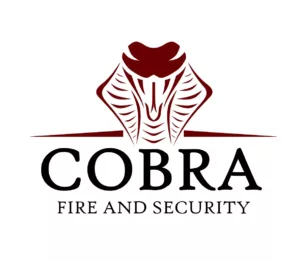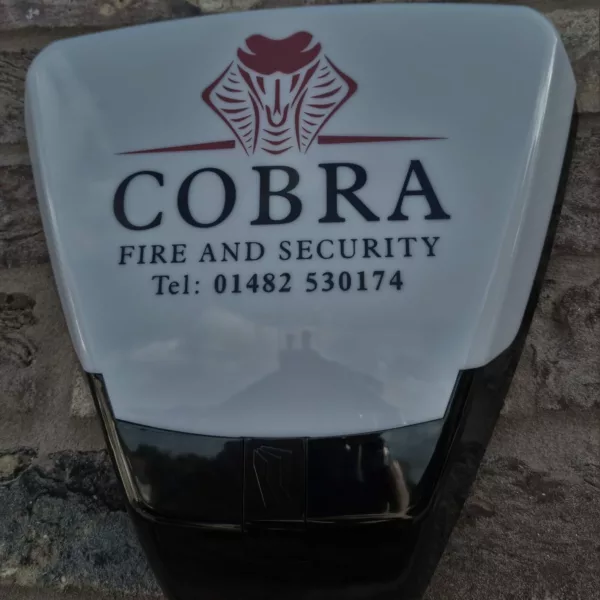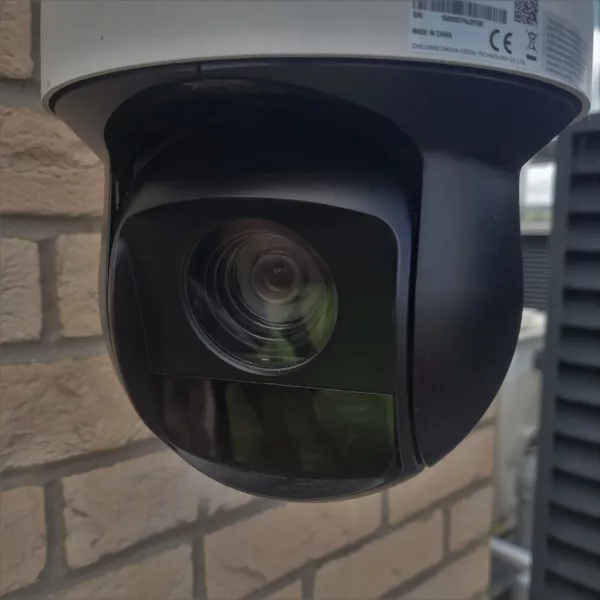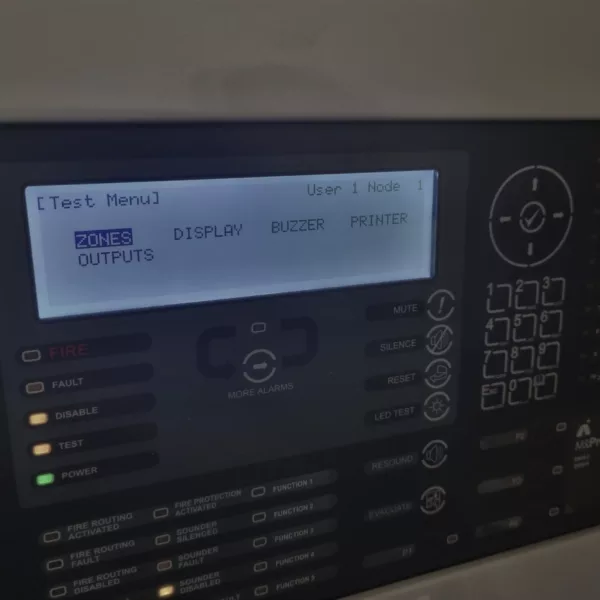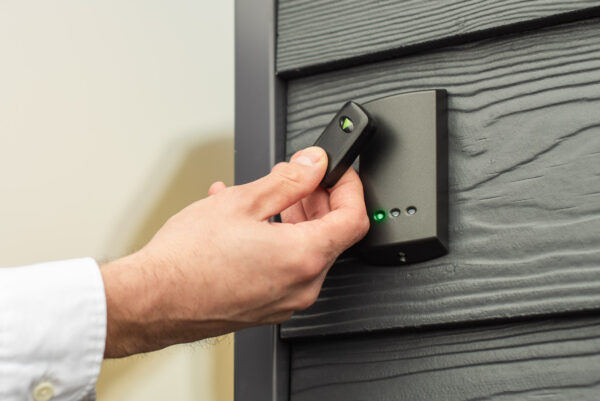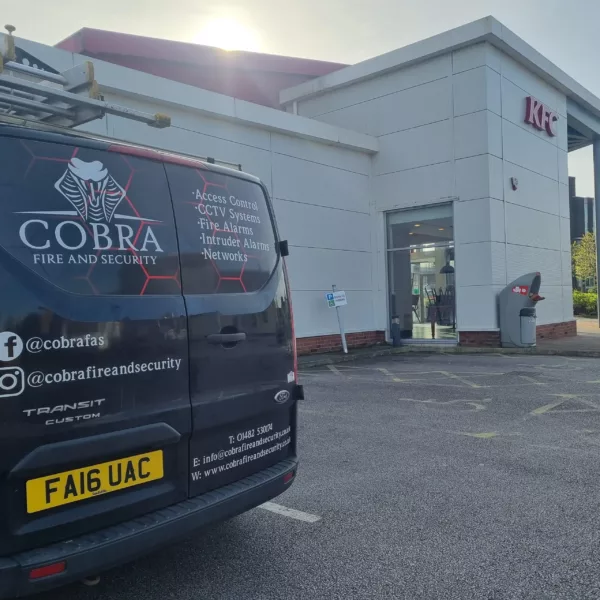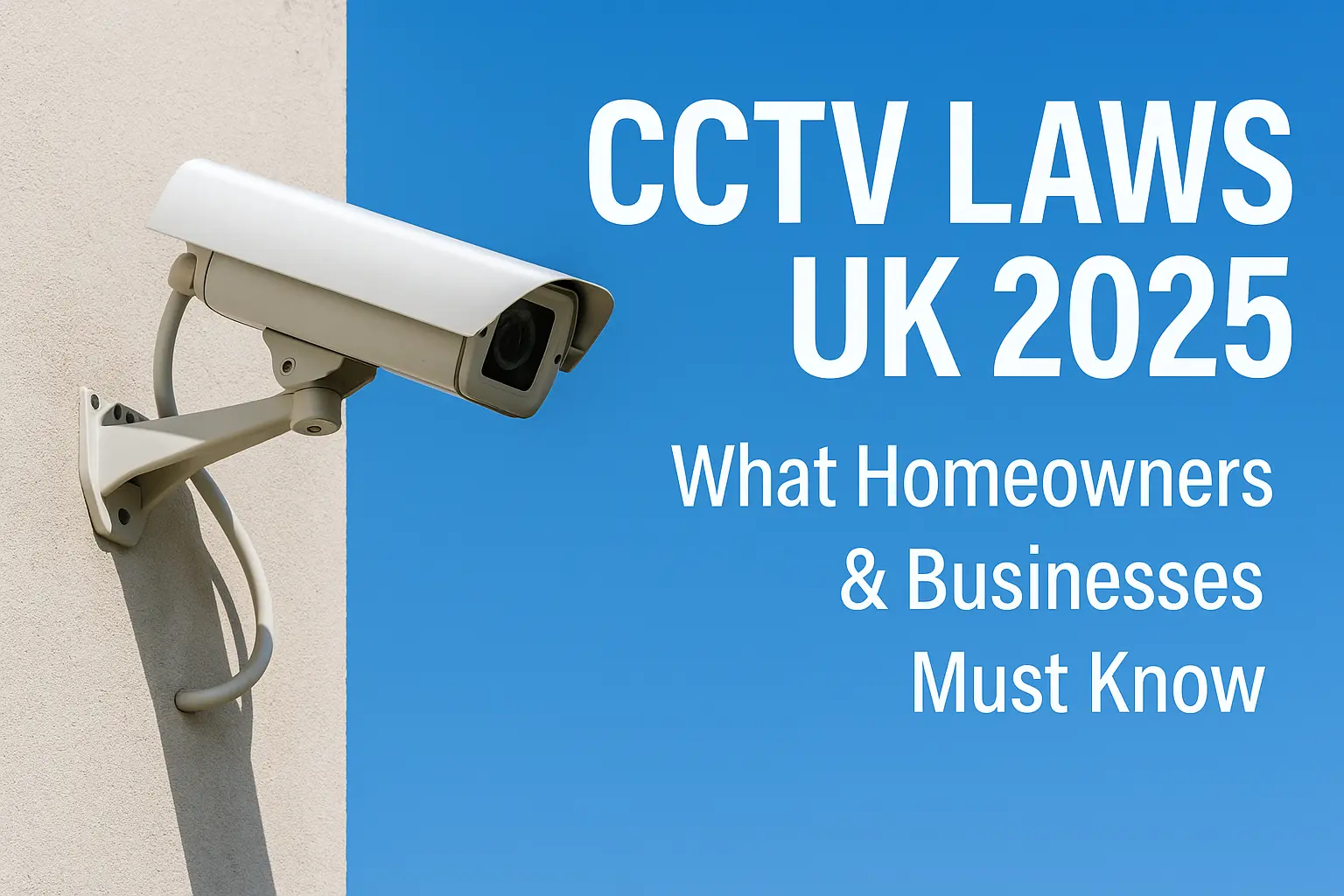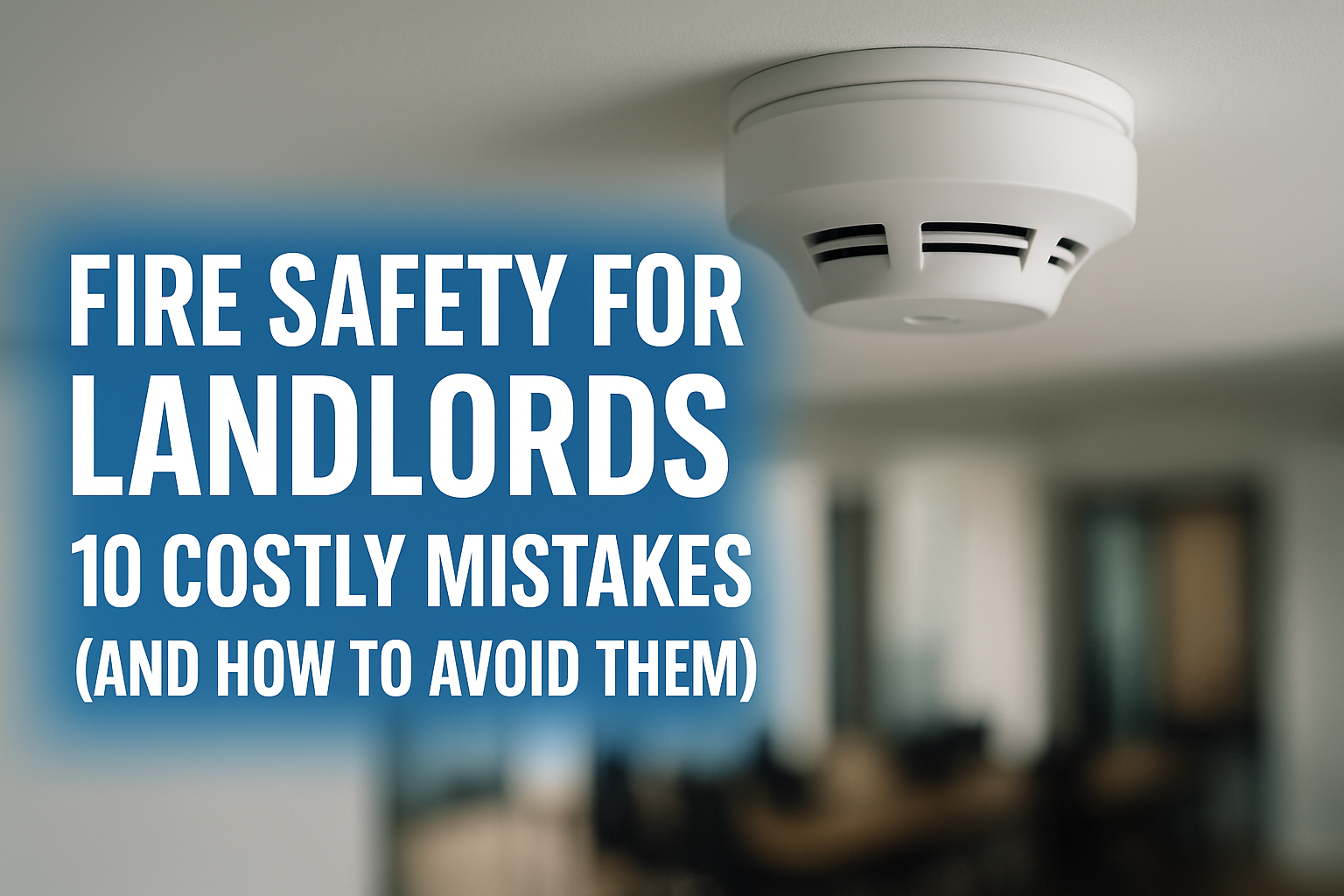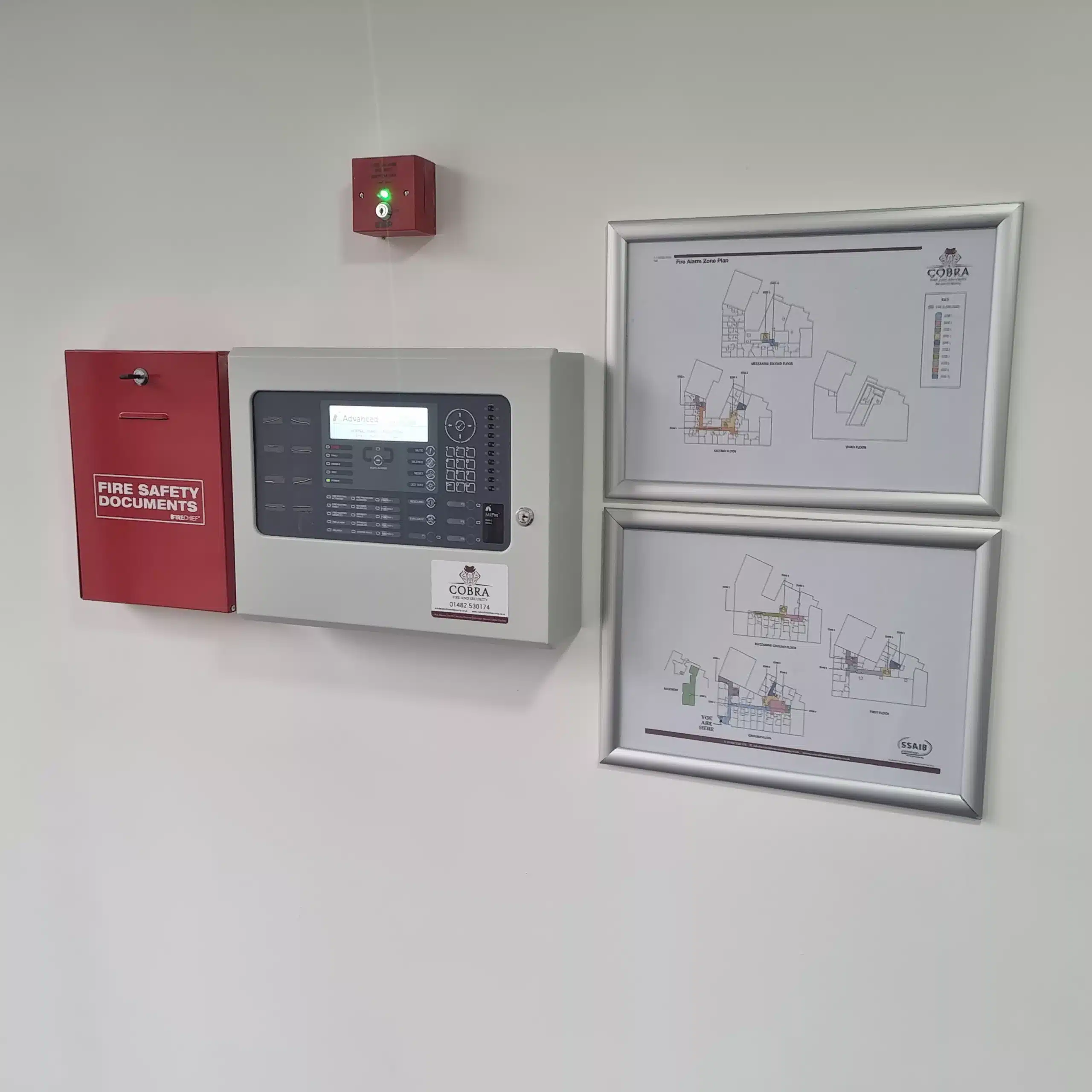
On 29th April 2025, the updated BS 5839-1:2025 standard was officially published, replacing the previous 2017 version (incorporating Corrigendum No.1), which has now been withdrawn. This latest update represents a significant overhaul, not just a minor revision. The changes aim to improve clarity, address evolving industry needs, and enhance fire safety compliance across all types of commercial and public buildings.
What is BS5839
BS 5839 is the British Standard that outlines the code of practice for the design, installation, commissioning, and maintenance of fire detection and fire alarm systems in buildings. It plays a crucial role in ensuring fire safety compliance across commercial and residential settings. If you’re unfamiliar with the standard, you can learn more in our What is BS 5839? guide.
A Reorganised Standard
One of the most noticeable structural changes is the relocation of references to BS 9991, BS 9999, and relevant fire legislation. Previously found in Clause 4, these are now included in the ‘Introduction’ section. This adjustment has resulted in renumbering across the document, affecting all clauses up to Clause 30. Additionally, Clauses 31 and 33—both related to false alarms—have been merged into a single, more cohesive section.
A completely new Section 7 has also been introduced, focusing on Extensions and Modifications to fire detection and fire alarm systems, which we’ll cover further down.
Key Updates You Should Know in BS5839-1 2025
The 2025 version updates Clause 6 to state that all variations, not just major ones, must now be recorded in the system logbook (Clause 6.5). A new clause (6.6) outlines unacceptable variations, including:
-
The absence of a zone plan in premises with more than one zone per floor—particularly where people sleep.
-
The lack of remote signal transmission to an Alarm Receiving Centre (ARC) in supported housing or care homes where such systems are deemed necessary.
Importantly, all variations must be justified, agreed with the client, and cannot be used as a workaround for poor design or mistakes.
Clause 19 – Manual Call Points (MCPs)
Changes are mainly clarifications, but still essential:
-
MCPs must be on escape routes and within 45m (or 30m if layouts are uncertain).
-
Slight adjustment to mounting height: now 1.4m (±0.2m above or 0.3m below).
-
Clear guidance on not placing MCPs at non-final exits or in unsupervised areas like shopping centres.
-
More detail on MCP placement during staged evacuation scenarios.
-
Additional direction under Clause 33.1 on fitting covers or guards to prevent false alarms and damage.
Clause 20 – Fire Detector Selection
Clarification has been added around smoke vs. heat detection:
-
Heat detectors should not be used where smoke may threaten occupants before detection.
-
Escape routes in category L systems should use smoke, not heat, detectors.
-
Notes clarify that these rules are not retroactive but should guide future installations.
-
Mixed systems (as per BS 5839-6) in HMOs may still use heat detection outside individual flats.
Clause 28 – Functional Earthing
With updates in BS 7671:2018+A3, Clause 28.2 now requires pink sleeving or “FE” labelling to identify functional earth (FE) conductors used in fire alarm systems. This change helps standardise practices across electrical and fire safety installations.
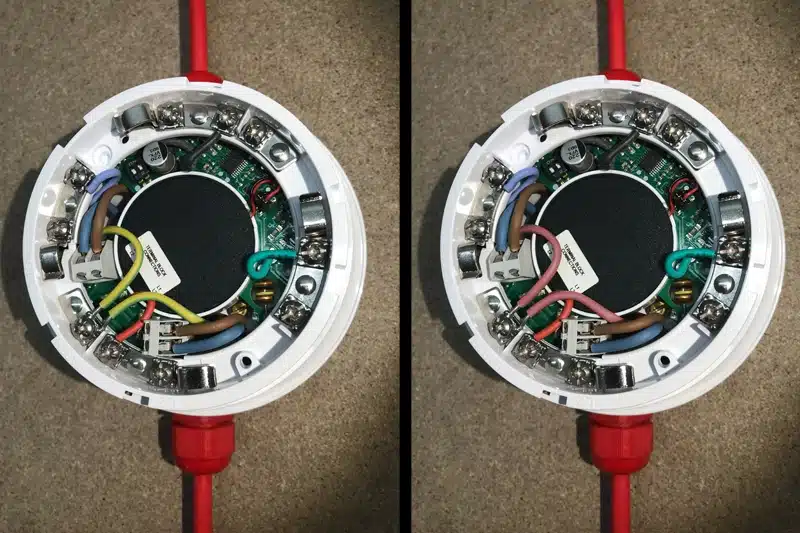
Section 7 – Extensions and Modifications
This brand-new section sets clear expectations:
Extensions
-
Must comply with BS 5839-1:2025 regardless of the standard used in the existing system.
-
Requires oversight by a competent person familiar with fire alarm design.
-
Recommends recommissioning the entire system to check for compatibility and performance, especially in older systems or where wireless tech is used.
-
Updated drawings, logbook entries, and an extension certificate (Annex G.7) are required.
Modifications
-
Treated as a partial redesign and should be overseen by a qualified designer.
-
Users must be notified in writing of all proposed modifications.
-
Testing must include all affected circuits and at least one unrelated device.
-
Software/firmware updates must undergo full system testing with follow-up checks within 1–7 days.
-
Redundant components must be removed or clearly marked.
-
Like extensions, updated documentation and a modification certificate are mandatory.
Additional clauses (46.2 & 46.3) cover testing requirements after fires or long periods of system disconnection.
Transition Guidance for Certificates
The standard outlines clear guidance for handling projects in progress:
-
If the design is complete under BS 5839-1:2017, a 2017 Design Certificate is still valid.
-
If design has started but not completed, switch to 2025 if possible.
-
If installation has not yet started, all further work must follow BS 5839-1:2025.
-
If commissioning is pending, complete under 2025 and issue appropriate certificates.
Where to Buy the New Standard
You can purchase a copy of BS 5839-1:2025 in hard copy from the Fire Industry Association:
???? BS 5839-1:2025 – FIA eShop
For domestic premises, BS 5839-6 is available via BSI:
???? BS 5839-6 – BSI Knowledge
Final Thoughts
BS 5839-1:2025 brings major updates designed to reduce ambiguity, improve fire safety outcomes, and modernise design and maintenance practices. Whether you’re designing, installing, maintaining, or modifying a fire detection and alarm system, it’s essential to familiarise yourself with the new requirements to remain compliant.
For help ensuring your fire alarm systems meet the new BS 5839-1:2025 standard, feel free to contact us. Our team stays up-to-date with all regulatory changes to deliver compliant, high-quality solutions.
Reviewed: 18/05/2025 Our articles are reviewed regularly. However, any changes made to standards or legislation following the review date will not have been considered. Please note that we provide abridged, easy-to-understand guidance. To make detailed decisions about your fire safety provisions, you might require further advice or need to consult the full standards and legislation.
Share this article
Written by : Michael Winter
Follow us
A quick overview of the topics covered in this article.
Latest articles
December 19, 2025
December 19, 2025
December 19, 2025
